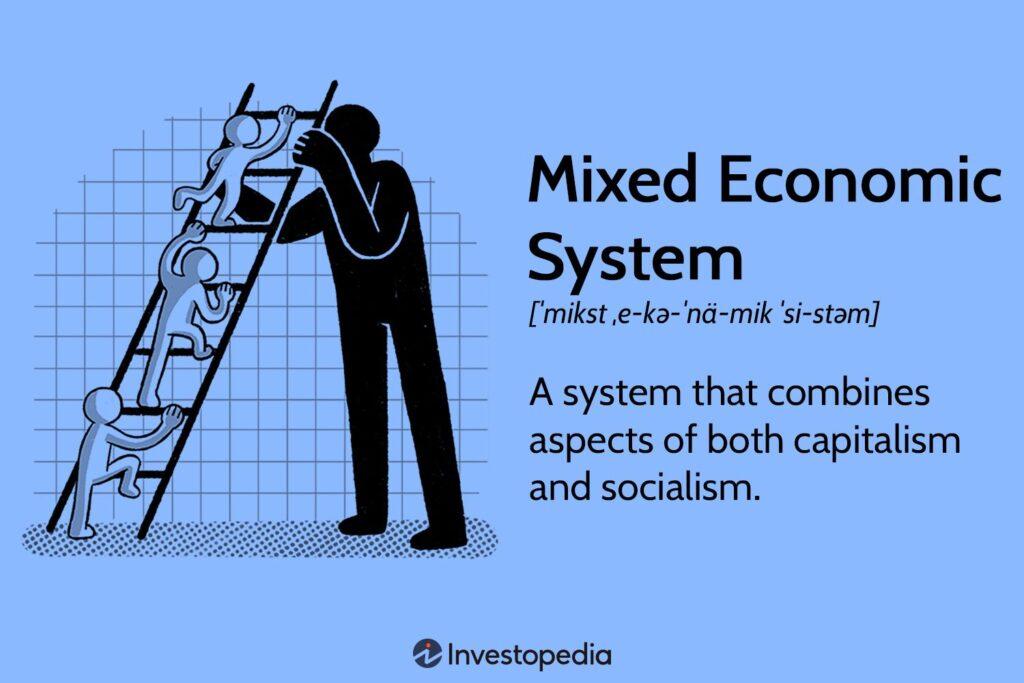Ancient civilizations: Egypt, Mesopotamia, Greece, Rome, and China.
Ancient civilizations are societies that existed in the pre-modern era and left a significant impact on the world. In this essay, I will discuss five of the most important ancient civilizations: Egypt, Mesopotamia, Greece, Rome, and China.

Egypt
Ancient Egypt is known for its great pyramids, pharaohs, and hieroglyphics. The civilization was located in the Nile River Valley, which provided fertile land for agriculture. The Egyptians were polytheistic, and religion played a significant role in their lives. The pharaohs were considered to be divine and were believed to have a direct connection with the gods. They built massive tombs and temples to honor the gods and ensure their own afterlife.
The Egyptians excelled in agriculture, engineering, and medicine. They built complex irrigation systems to control the flow of water in the Nile River and used it to grow crops. They also invented paper, ink, and writing utensils, which allowed them to record their history and create the hieroglyphics that are still studied today. Additionally, the Mesopotamians excelled in medicine, developing advanced techniques such as surgery and embalming.
Mesopotamia
The Mesopotamians also constructed impressive structures, including the Hanging Gardens of Babylon and massive ziggurats, which served religious purposes. Mesopotamia, located between the Tigris and Euphrates rivers, was home to some of the earliest civilizations in history, including the Sumerians, Babylonians, also Assyrians. The Mesopotamians invented writing, which allowed them to record their history and create laws.
The Mesopotamians excelled in agriculture, building complex irrigation systems to support their crops. They advanced mathematics and astronomy, creating the 12-month calendar still used today and accurately predicting eclipses and other astronomical events.
Greece
Ancient Greece contributed significantly to philosophy, art, and the development of democracy. The Greeks were polytheistic, also religion played a significant role in their lives. They built temples to honor their gods, including the famous Parthenon in Athens.
The Greeks excelled in architecture, creating impressive structures like the Acropolis and the Theatre of Epidaurus. They advanced philosophy and were home to renowned philosophers such as Socrates, Plato, and Aristotle. Additionally, they invented the Olympic Games, held every four years to honor Zeus.
Rome
Ancient Rome expanded a vast empire, engineered impressive structures, and established a legal system that endures to this day. The Romans were polytheistic, also religion played a significant role in their lives. They built massive temples to honor their gods, including the Pantheon and the Colosseum.
The Romans mastered engineering and built impressive structures, including aqueducts, roads, and bridges. They also developed a legal system that has had a lasting impact on Western law. The Roman Empire was vast and included much of Europe, the Middle East, and North Africa.
China
Ancient China built the Great Wall, established powerful dynasties, and created numerous inventions. The Chinese were polytheistic, also religion played a significant role in their lives. They built temples to honor their gods, including the Temple of Heaven in Beijing.
The Chinese excelled in agriculture and invented the plow, enabling them to grow more crops. They also advanced technology, creating paper, gunpowder, and the compass. Additionally, they developed a complex system of writing, which is still studied today.
Conclusion
The ancient civilizations of Egypt, Mesopotamia, Greece, Rome, and China have all played a significant role in shaping human history. Each of these civilizations developed unique cultural, political, also technological advancements that have had a lasting impact on the world.
The Egyptians mastered impressive architecture, engineering, and advanced medicine. The Mesopotamians pioneered writing, mathematics, and astronomy. The Greeks excelled in philosophy, art, and democracy. The Romans developed a vast empire, impressive engineering, and a legal system that still influenced Western law. Finally, the Chinese developed complex systems of writing and technology, including paper, gunpowder, and the compass.
While each of these civilizations had its own unique characteristics, they all shared a common legacy of innovation and progress. Their contributions have influenced the development of human civilization and have helped shape our understanding of the world today. We continue to study and learn from these ancient civilizations to this day, and their legacy lives on in our modern world. 온라인카지노








